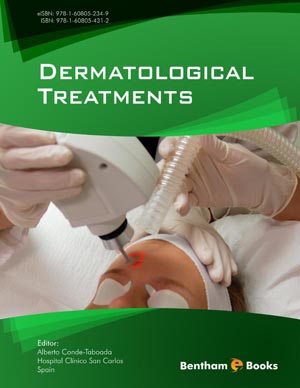Abstract
In the last decade, new molecules with the ability to change the local immune response of skin have appeared. The topical application of these medications enhance (imiquimod) or reduce (tacrolimus, pimecrolimus) the inflammatory response of skin. Imiquimod is a synthetic compound that is a member of the imidazoquinolone family of drugs. This class of drugs has the properties of topical immune response modifiers and stimulators. The mechanism of action of imiquimod involves cytokine induction in the skin, which then triggers the host's immune system to recognize the presence of a viral infection or tumor, ultimately to eradicate the associated lesion. Topical calcineurin inhibitors (TCI), tacrolimus and pimecrolimus are immunomodulator macrolides that block T cell activation in the skin. The therapeutic effects of calcineurin inhibitors are mainly attributed to these effects on T cells. Tacrolimus and pimecrolimus belong to the group of ascomycin derivates obtained from the fungus-like bacteria Streptomyces. Tacrolimus was isolated from Streptomyces tsukubaensis and pimecrolimus is produced by Streptomyces hygroscopicus. TCI are used for the management of atopic dermatitis (AD) and have proven to be of benefit in the treatment of other dermatosis.
Keywords: Imiquimod, adjunvant, immunologic, antineoplastic agents, interferon inducers, tacrolimus, macrolides, immunosupressive agents, pimecrolimus, antiinflammatory agents, Non-Steroidal, dermatologic agents, administration, topical, administration, cutaneous.






















